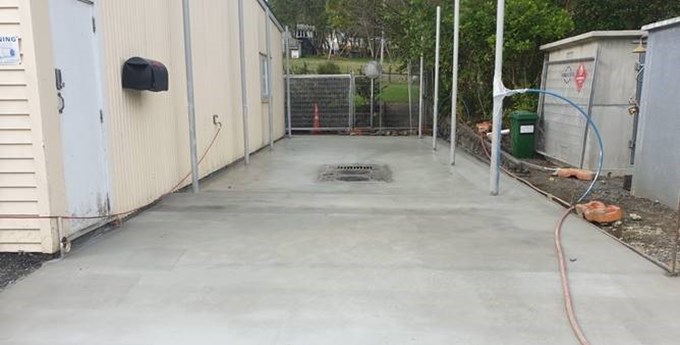Kauri dieback is embedded in the vocabulary of Aucklanders now.
The disease has already taken the lives of many of our forest giants but lives on in many more.
Soil-borne, the disease is easily spread through soil movement, when carried on dirty footwear, animals, equipment and vehicles.
As part of Auckland Council’s fight against the disease, we’ve installed the first semi-automatic vehicle wash-down station at Hunua to support staff and contractors working in, around or near kauri sites in the Hunua Ranges.
“It’s important we’re walking the talk,” says Councillor Richard Hills, Chair of the Environment and Climate Change Committee.
“We ask Aucklanders and visitors to our parks to use the hygiene stations to scrub and spray footwear and wheels. It’s no different for staff and council contractors heading into the bush, to do the same.
“The investment in the track upgrade programme has come with increased activity on our regional parks. It is important we have facilities to support the stringent hygiene requirements associated with washing vehicles and equipment that operate in kauri areas to ensure they thoroughly clean before moving between sites,” adds Hills
The project was a collaboration between council teams and wasn’t without design challenges.
“The need for a high-pressure system to remove soil without damaging the vehicles while avoiding the use of high volumes of water were just a couple,” says Alistair Smith, Infrastructure Advisor for kauri dieback.
Funded by the Natural Environment Targeted Rate, a total of $362,000 has been invested in the fabrication and installation of two stations, one at Hunua that is now operational, and another is planned at the Arataki depot in the Waitakere Ranges.
The facility holds medium-sized diggers or vehicles and includes retention tanks for rainwater supply and an oil and grit interceptor to collect contaminated wastewater with an estimated water usage of 8000 Litres of water per month.


